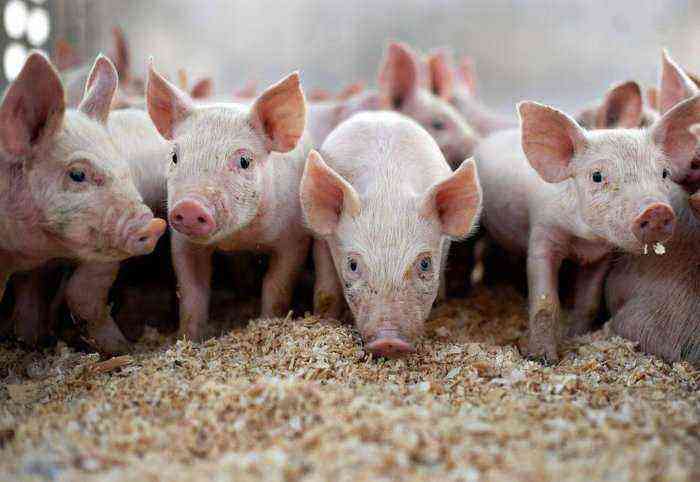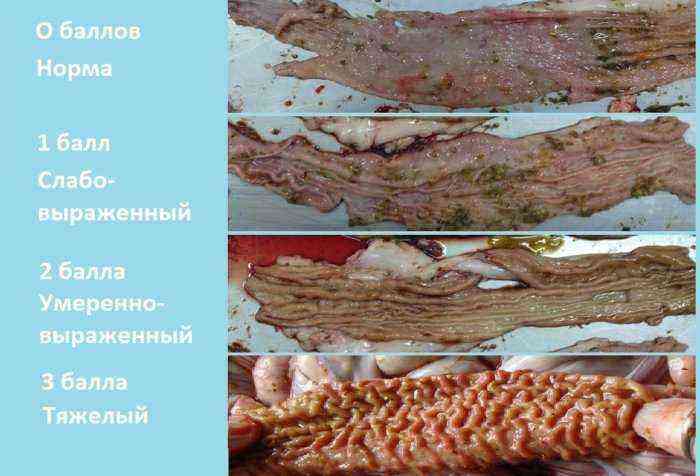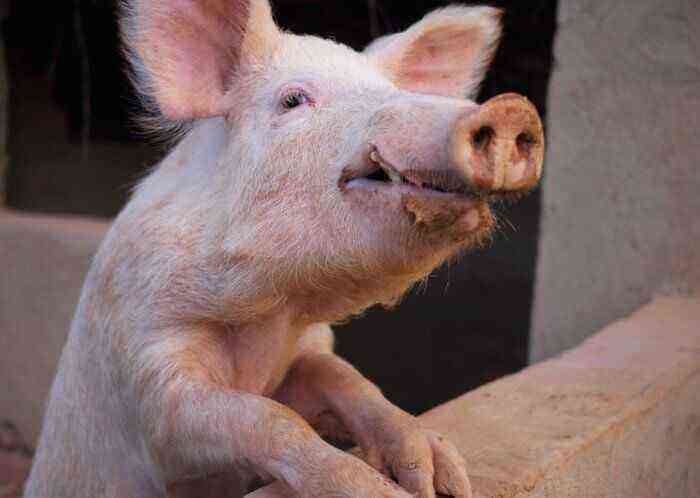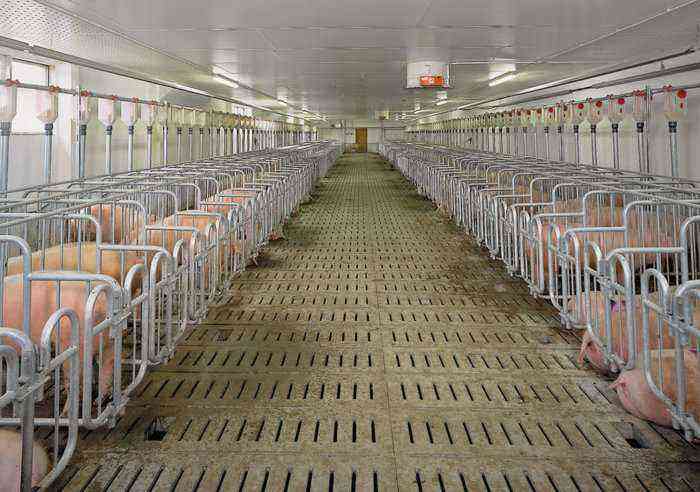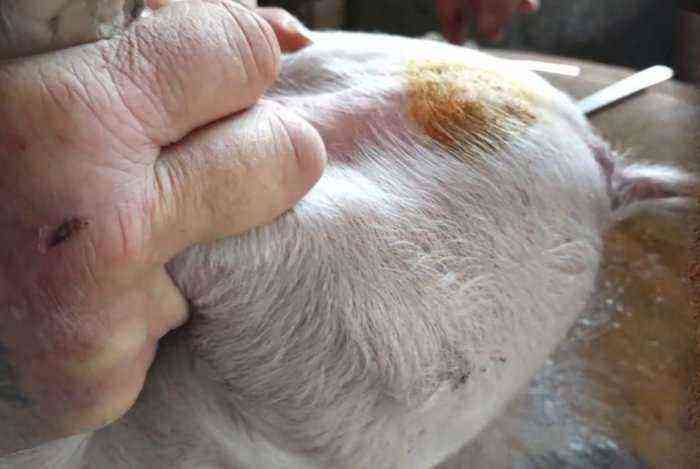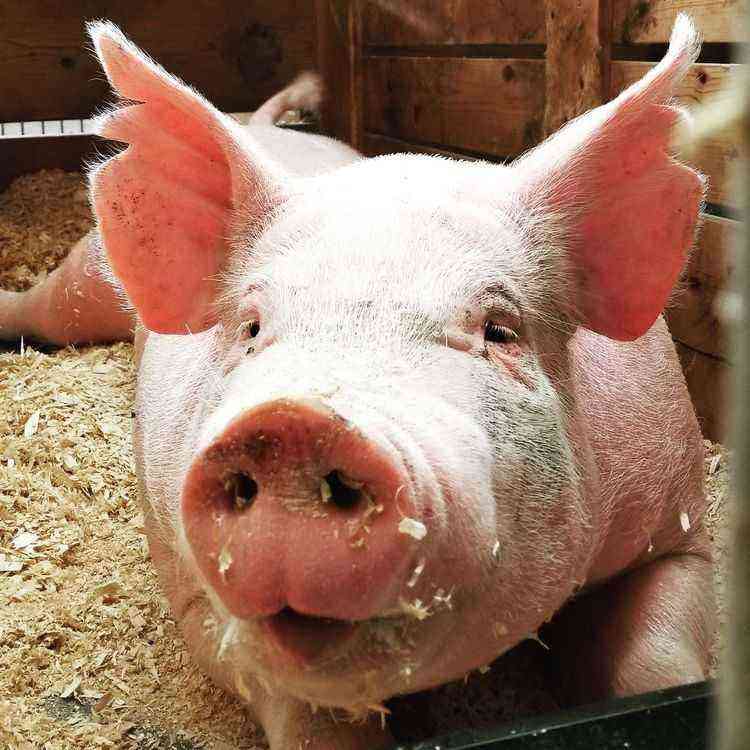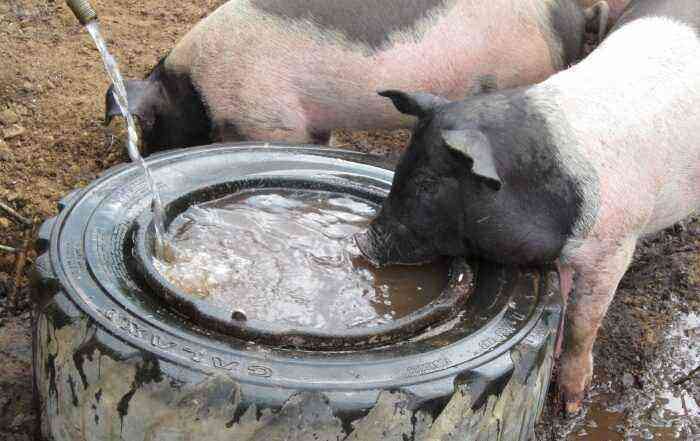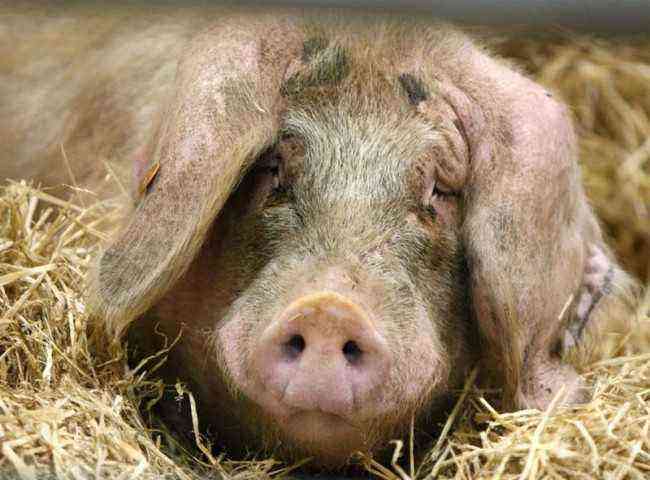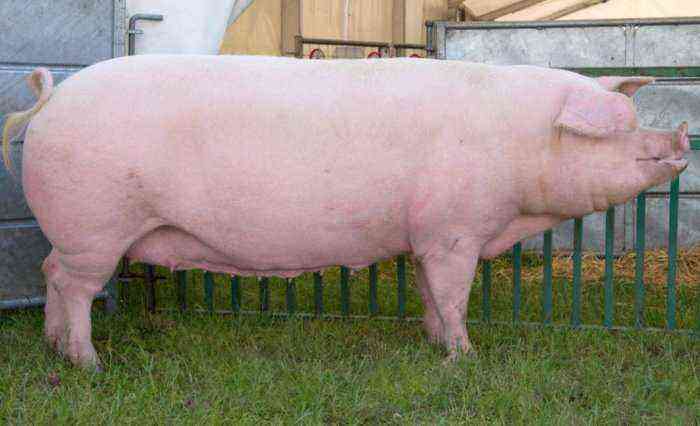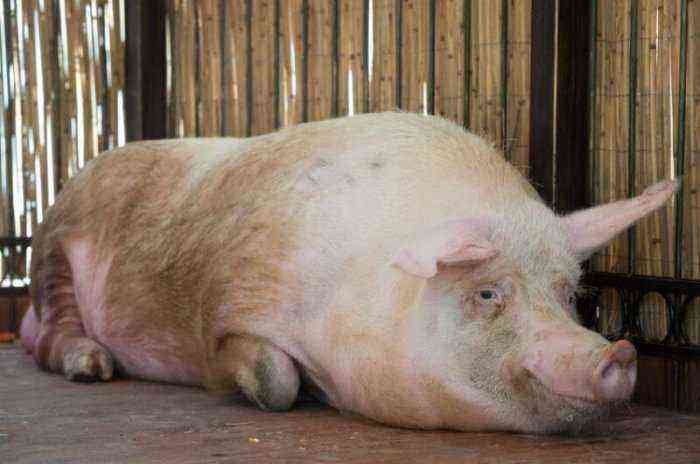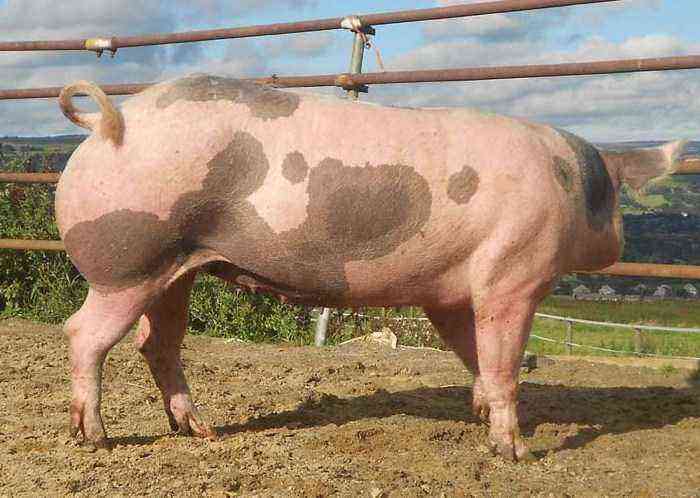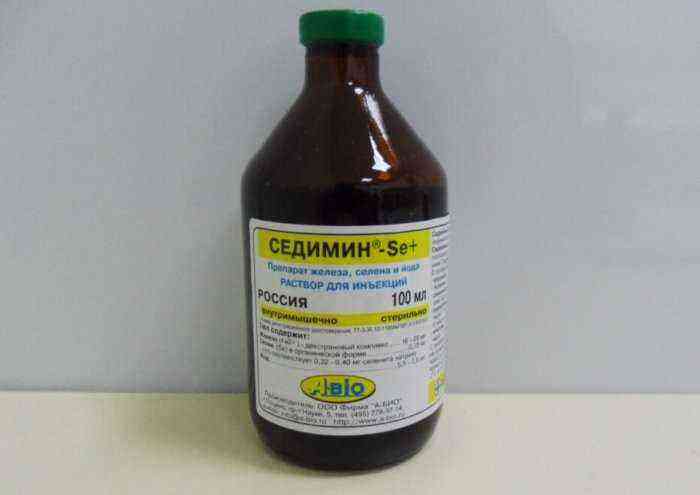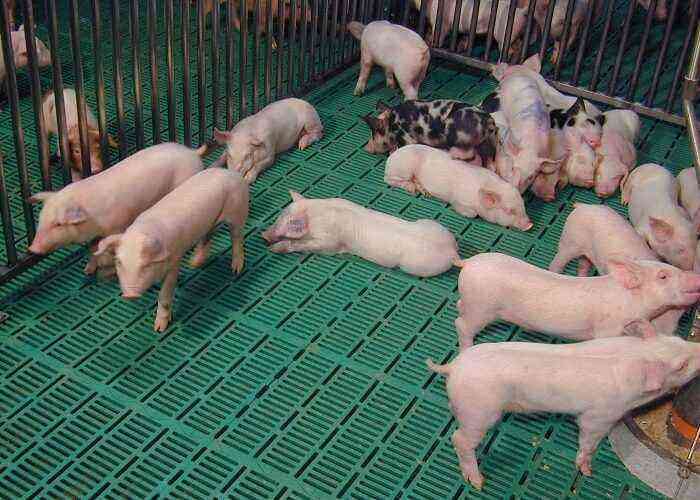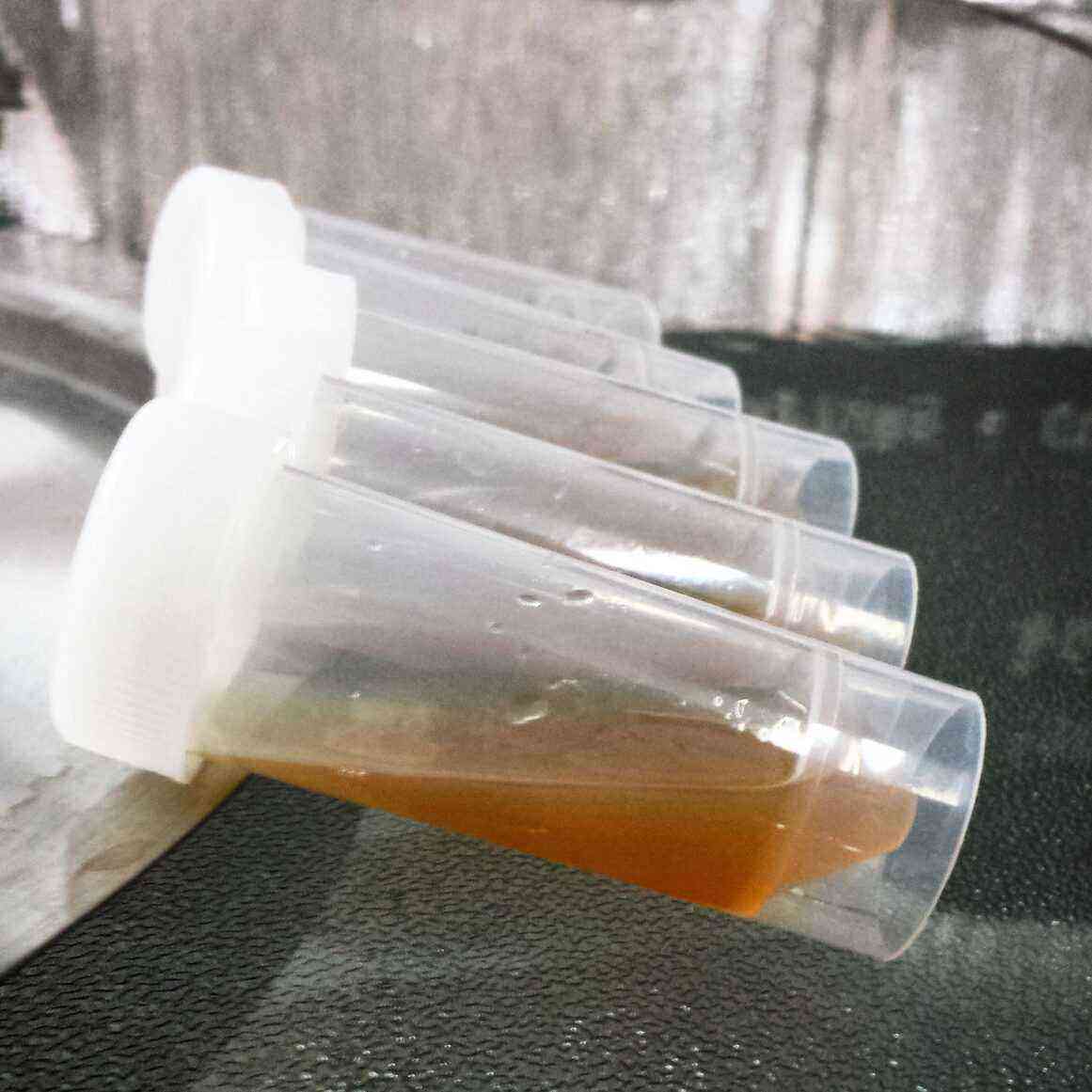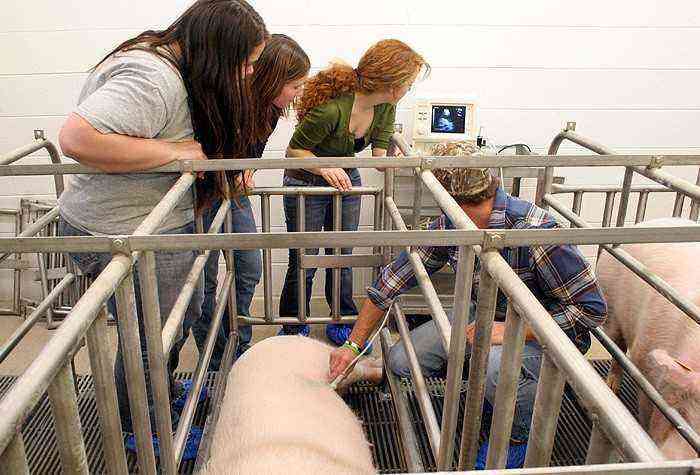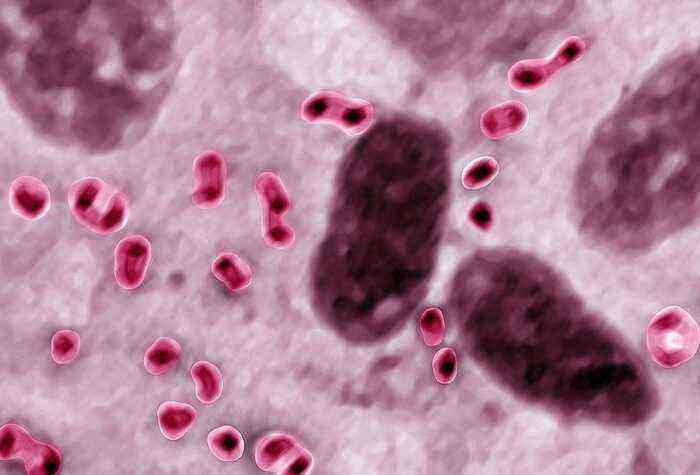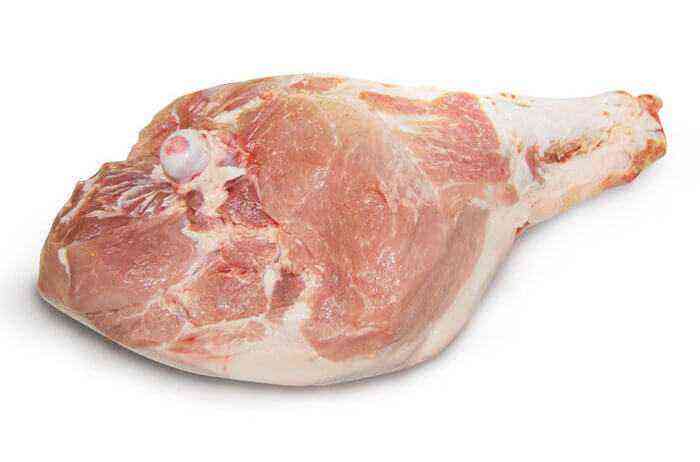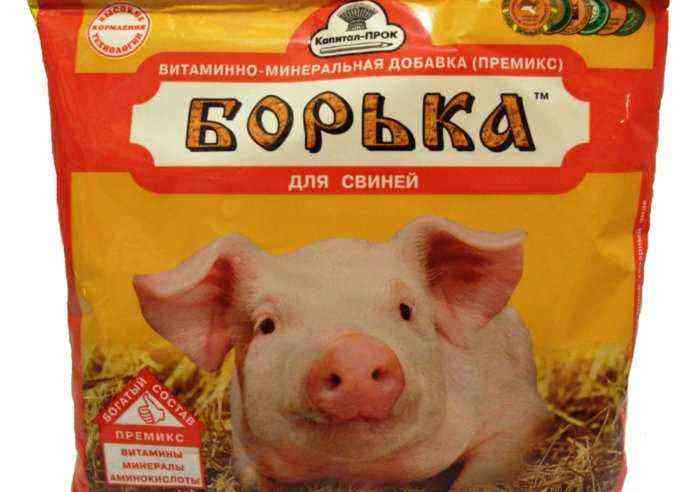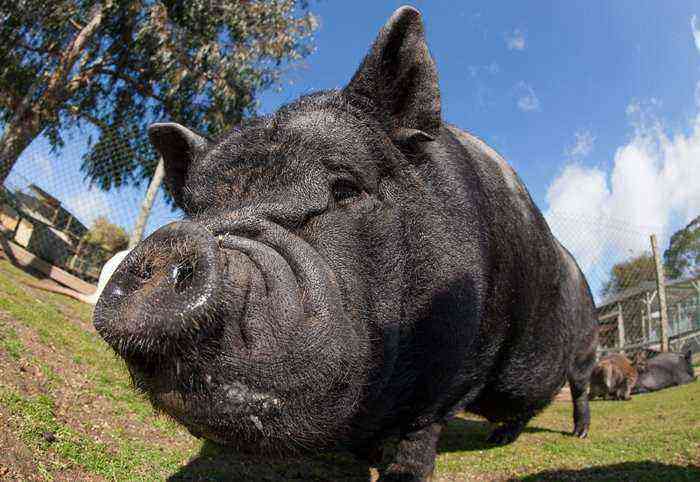One of the most significant causes of death of piglets in pig farms are infectious diseases. Among them, a special place is occupied by paratyphoid, which causes serious disturbances in the work of the main organs and systems of the body. The consequence of its development is a sharp loss in weight, refusal of food and, quite often, death. To prevent such an undesirable outcome, it is necessary to know how paratyphoid develops in piglets, as well as the main symptoms and treatment of this disease.
Paratyphoid piglets
What is paratyphoid?
Paratyphoid (salmonellosis) is an infectious disease of pigs that mainly affects the intestines, liver and lungs of the animal. Young animals, whose immune system is not yet sufficiently formed, are especially susceptible to the action of this disease.
The first records of paratyphoid date back to 1963. They were made by the German researcher Glesser. It was he who first identified the causative agent of this disease. The pathogen is an aerobic bacterium that naturally belongs to the genus Salmonella. Outwardly, such a microorganism looks like an oval rod, 3 microns long, which has flagella on the sides, allowing it to move in a nutrient medium.
The bacterium is highly resistant to various influences, including high and low temperatures, as well as disinfectants. This greatly complicates the treatment of the disease and preventive measures. In severe frosts and under direct ultraviolet rays, the salmonellosis bacillus lives for about six months.
Reference. In water, the death of the pathogen occurs only after 20 months, and when boiled, the bacterium dies only after 30 minutes. The most effective means for disinfection are caustic soda, crealin and formaldehyde.
Causes of appearance
The most susceptible category of animals are piglets aged 1 to 4 months. The bacterium enters their stomach, after which it easily penetrates the walls of the organ into the bloodstream and, together with the bloodstream, spreads throughout the body. There are several ways a pathogen can enter the body. The main ones include:
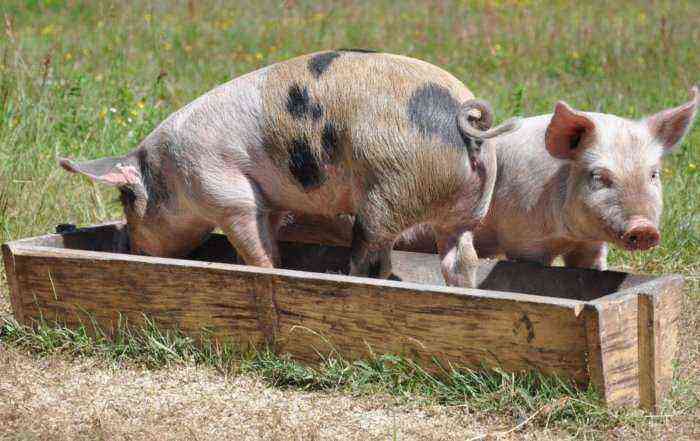
Transmission of infection through close contact
- transmission of infection through close contact between healthy and sick individuals;
- infection through food and water in which there is a bacterium;
- alimentary way;
- through the milk of a lactating sow;
- upon contact with contaminated care items, through the elements of the premises and transport in which the sick pig was located;
- through service personnel. The pathogen enters the human body when eating infected pork;
- Various rodents and birds can act as carriers of the disease.
Quite often, porcine paratyphoid is transmitted through bone meal. Even after the processing of bone tissue, the stick does not die, but when it enters the body of a piglet with food, it becomes active again and causes disease.
It should be noted that the spread and development of the disease is greatly facilitated by the violation of the conditions of animals. This leads to a weakening of the immune system in pigs and, as a result, their body is not able to defend itself against bacteria. The main favorable factors for the development of the disease are:
- an unbalanced diet that lacks important nutrients, vitamins and minerals;
- dirt and dampness in the premises, lack of a high-quality ventilation system;
- constant drafts and insufficient insulation of the barn;
- crowded keeping of animals;
- lack of periodic disinfection in the economy.
Symptoms
The incubation period of salmonellosis in the body of a pig lasts for 1-8 days. After that, the bacterium begins to rapidly develop and multiply. Infection begins from the stomach, into which salmonella enter with food. In the process of life, they quickly corrode the tissues of the mucous membrane of the stomach and intestines, as a result of which they are carried with blood to the liver, lungs, and settle in the lymph nodes.
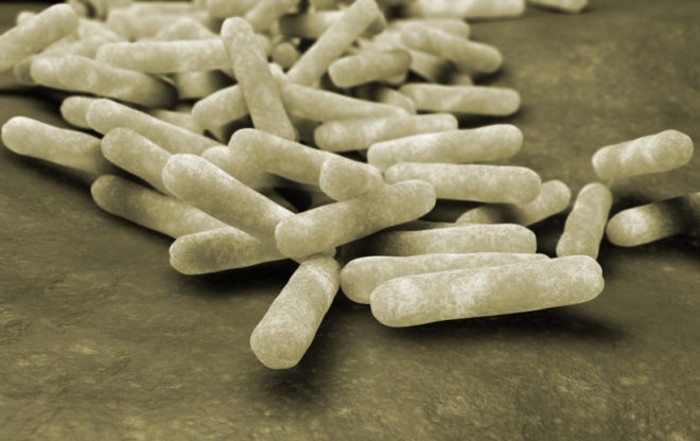
salmonella
In the future, depending on the level of resistance of the organism and some other factors, the disease can occur in three main forms:
- Sharp.
- Adjust.
- Chronic.
Acute salmonellosis
With this course, paratyphoid in piglets develops very quickly. Because of this, a lethal outcome can be traced in 50% of cases of diseases. The main symptoms in this form of the disease are:
- a sharp increase in temperature to a value of 41-43 degrees;
- refusal of food in weaners. In nursing pigs, the sucking reflex disappears;
- general behavior is characterized by oppression and decreased activity;
- vomiting and diarrhea in most cases;
- sometimes manifested conjunctivitis;
- shortness of breath and rapid breathing, developing against the background of lung damage;
- bluish mucous membranes and skin around the abdomen, ears and tip of the tail.
The course of the disease is accompanied by significant pain. Therefore, one can often observe how an animal, in an attempt to alleviate pain, assumes a recumbent posture, stretches its front legs forward and draws its hind legs.
Reference. In the acute form of paratyphoid, death occurs within 3-6 days from the onset of the first symptoms. In this case, the treatment is most often ineffective.
Subacute course
In the subacute form of salmonellosis, the symptoms are less pronounced than in the acute form. The main clinical signs in this case include:
- temperature 40-41 degrees;
- decreased activity, appetite and general depression of the animal;
- disorders in the work of the intestines, which are manifested in diarrhea or constipation;
- rapid breathing, which is often accompanied by shortness of breath and cough;
- rapid weight loss;
- gray skin tone. On the ears and in the groin, it gradually turns blue.
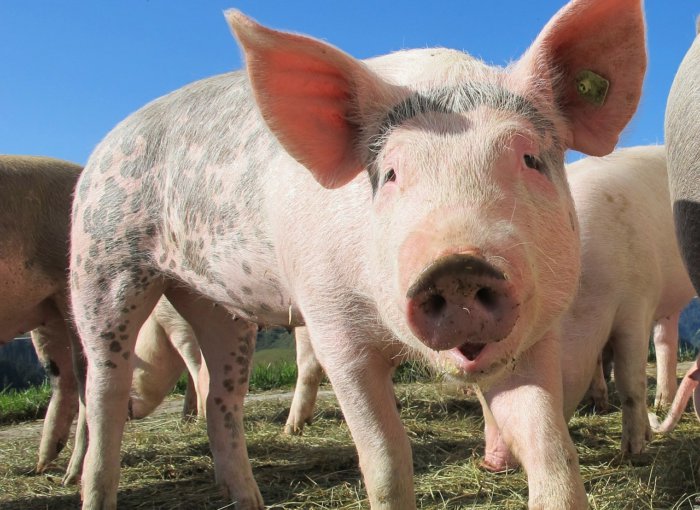
Rapid weight loss
The disease lasts from 2 to 3 weeks. At the same time, its mortality is 40%. And even if the animal survives after treatment, there are noticeable lags behind the rest of the young animals in its further development. What is more dangerous in the subacute form of the disease is the fact that other diseases often develop against its background, including pneumonia. This greatly complicates the treatment.
Chronic form
With such a course, the signs of the disease remain the same as in the previous forms of paratyphoid, only the degree of their manifestation is much lower. In addition, the duration of the disease increases to 1-4 months and the piglet becomes a live spreader of the infection.
Diagnostics
As with any other infectious disease in pets, the definitive diagnosis is based on the identification of clinical signs and laboratory tests. In the second case, a thorough study of tissue samples or feces taken from a sick animal is carried out. An experimental sowing of culture is carried out on them with its further study.
In some cases, to detect salmonella, a special analysis of the feed fed to young animals is carried out.
Treatment
The key to the effectiveness of therapeutic measures for paratyphoid fever is the early detection of the disease. In addition, if the disease occurs in an acute form, the animal is immediately determined for slaughter. In all other cases, treatment is carried out in a complex manner. At the same time, antiparatyphoid serum and a number of antibiotics are prescribed.
Hyperimmune serum against salmonellosis includes persistent antibodies that activate the protective function of the body. Of the antibiotics, the complex administration of levomycetin and streptomycin is most often used. These drugs are mixed in small doses with milk, after which young animals are given three times a day.
If pneumonia also appeared during the development of paratyphoid, the indicated combination of antibiotics is replaced with penicillin and biomycin. They are already administered intramuscularly.
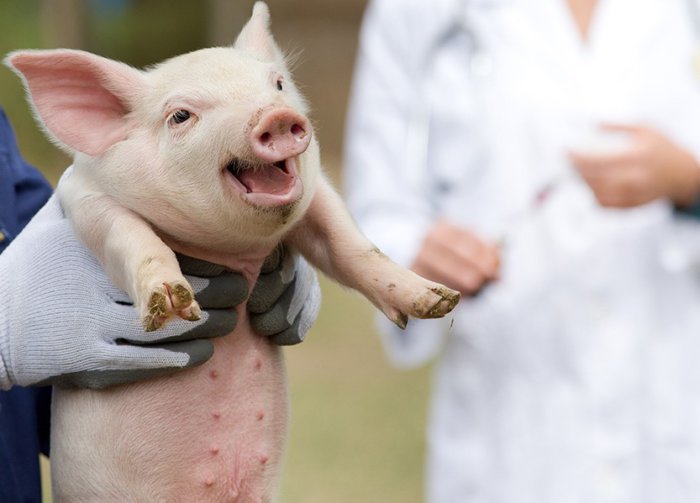
Hyperimmune serum against salmonellosis
In addition to the main course of treatment, a number of drugs that strengthen the immune system are also prescribed. Drug treatment can be combined with folk remedies. Decoctions of chamomile, oak bark, rice, flax seeds will help strengthen the body of the piglet and overcome the symptoms. For their preparation, take 20 g of the plant per 0,5 l of hot water. The composition is boiled for 5 minutes, after which it is allowed to brew for 3-5 hours.
Important! Immediately upon detection of signs of paratyphoid, it is necessary to isolate the infected animal in a separate room, while the quality of nutrition is immediately raised for him and the rest of the livestock, supplementing it with vitamin supplements.
Prevention
All preventive measures to prevent paratyphoid boil down to two main areas:
- Vaccination.
- Ensuring proper sanitary standards and optimal conditions of detention.
Vaccination is carried out for piglets from 20 days old. It is also possible to provide immunity to piglets by administering a vaccine to a pregnant sow. This procedure is carried out 1,5 months before farrowing. Immunity after the introduction of the vaccine lasts the entire life of the animal.
Compliance with proper standards for keeping pigs and piglets, in particular, involves the following points:
- Ensuring a suitable microclimate in the premises where the piglets grow. The temperature in them should not fall below 20 degrees. Humidity must be maintained at the level of 50-70%.
- Feeding with fresh quality feed supplemented with vitamin supplements.
- Regular cleaning of the premises from manure, dirt and food residues. Feeders are cleaned immediately after eating.
- Regular disinfection of the barn and animal care items. Held once a week. In this case, slaked lime, caustic soda or formaldehyde are used.
- Immediate isolation of animals showing clinical signs of disease.
- All animals that arrived at the farm should be kept separately for 30 days, and they should be examined for the presence of salmonellosis pathogens.
- Periodic deratization.
If in one of the farms the veterinary service detects a case of the disease, quarantine is imposed on it for a period of at least 30 days. It involves a ban on the sale of livestock from the farm, meat products, and the import of animals from other farms. At the same time, a responsible veterinarian is allocated to monitor compliance with quarantine.
Conclusion
Paratyphoid is dangerous not only because it can kill most of the young in a matter of days. People working in a pig farm can also become infected with a disease that causes equally devastating changes in the human body. That is why the prevention and treatment of salmonellosis on farms must be taken very seriously.

